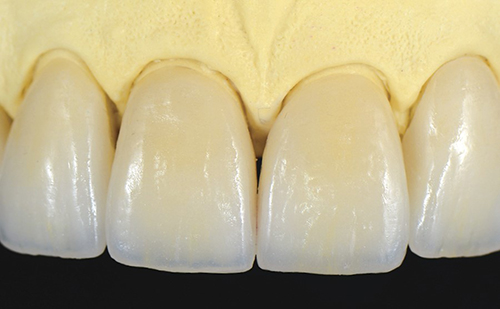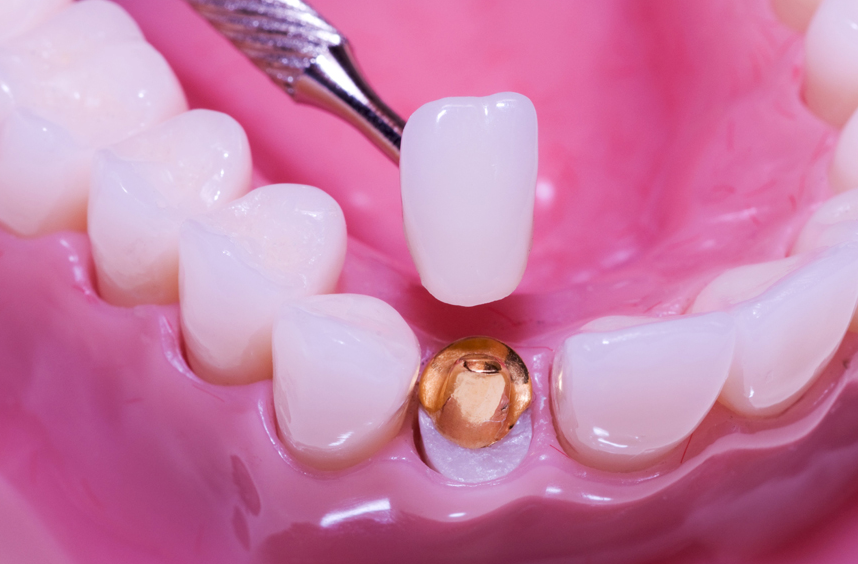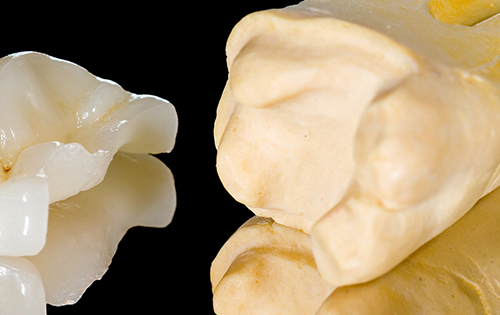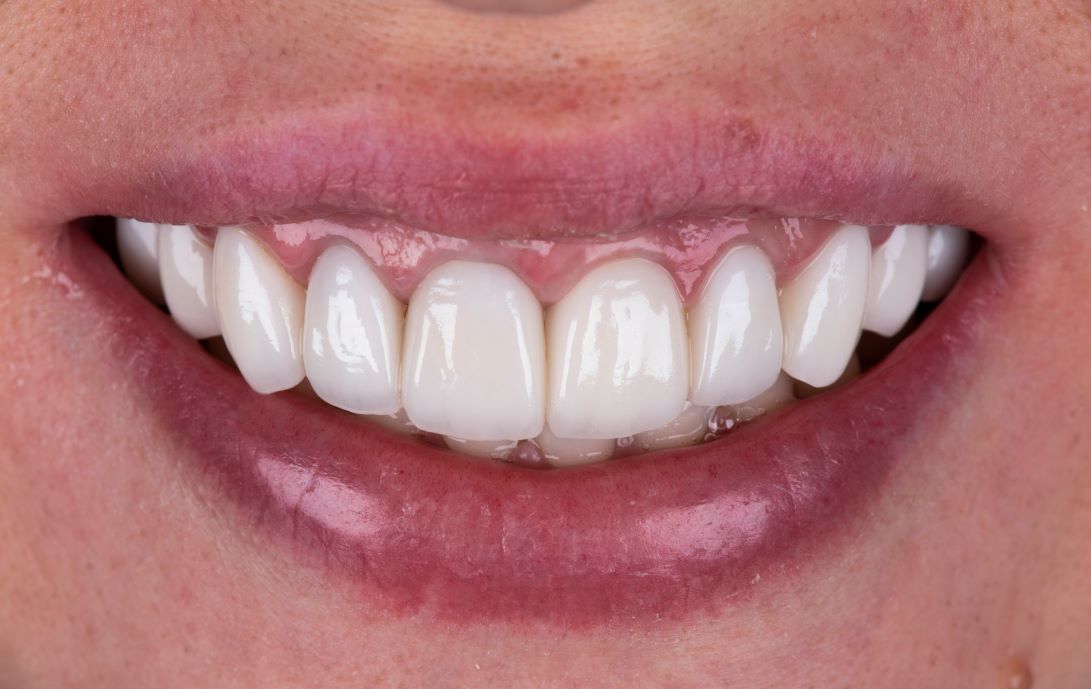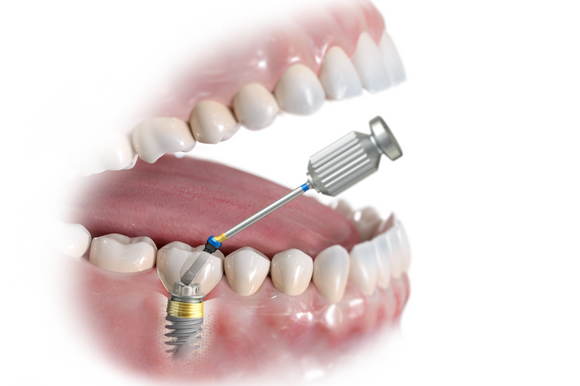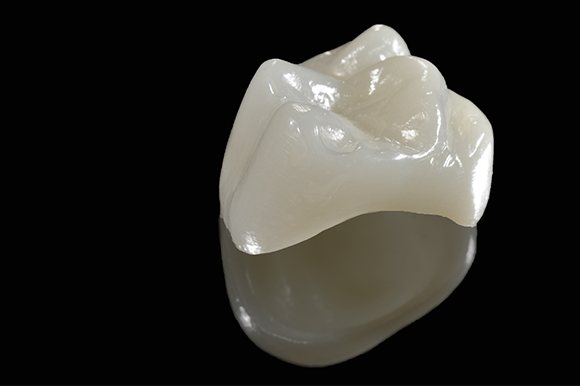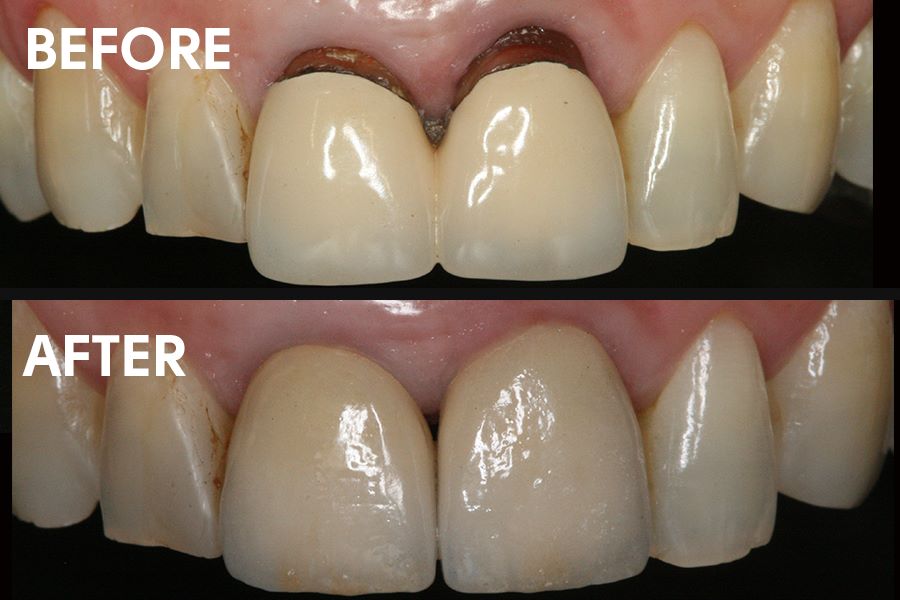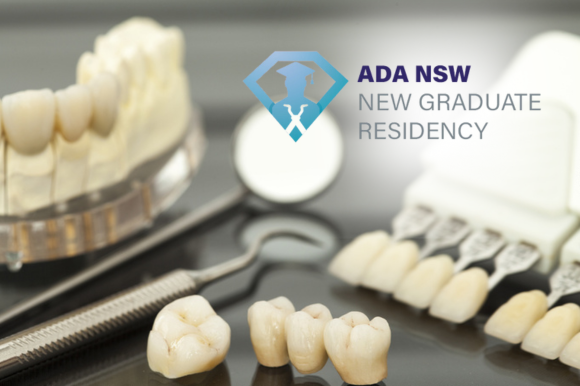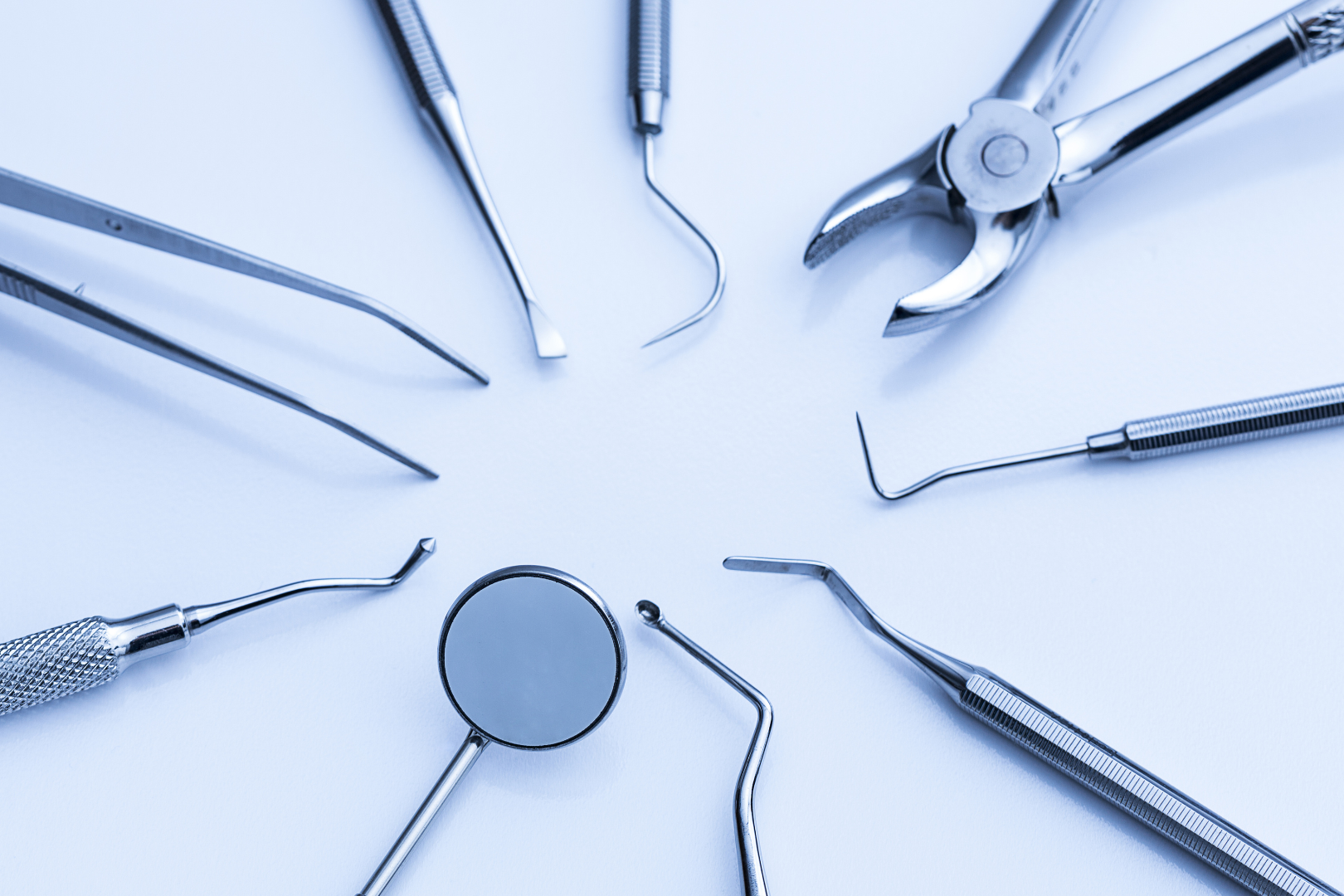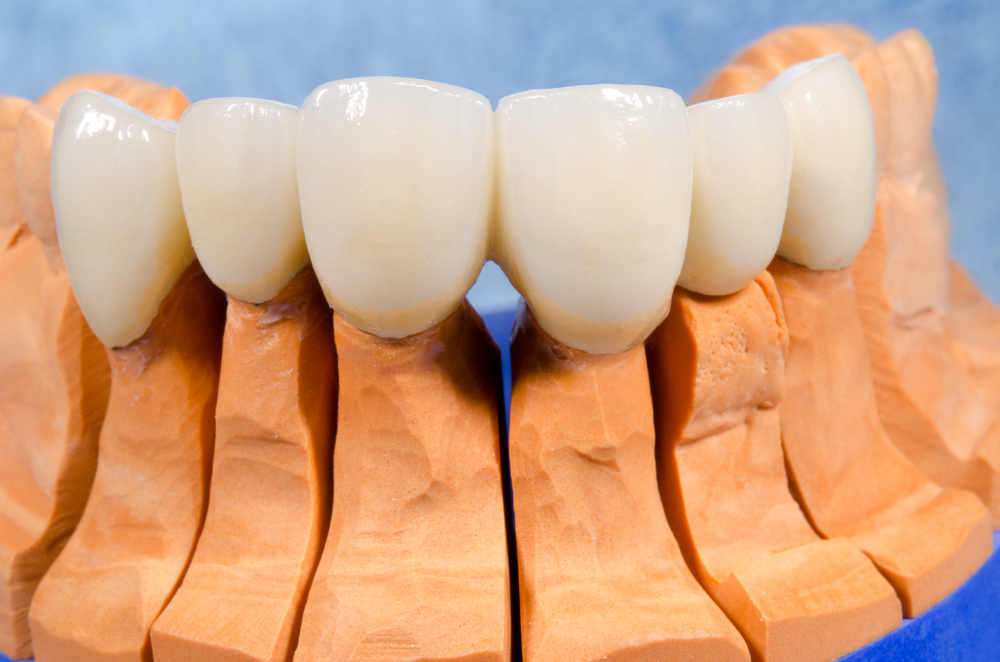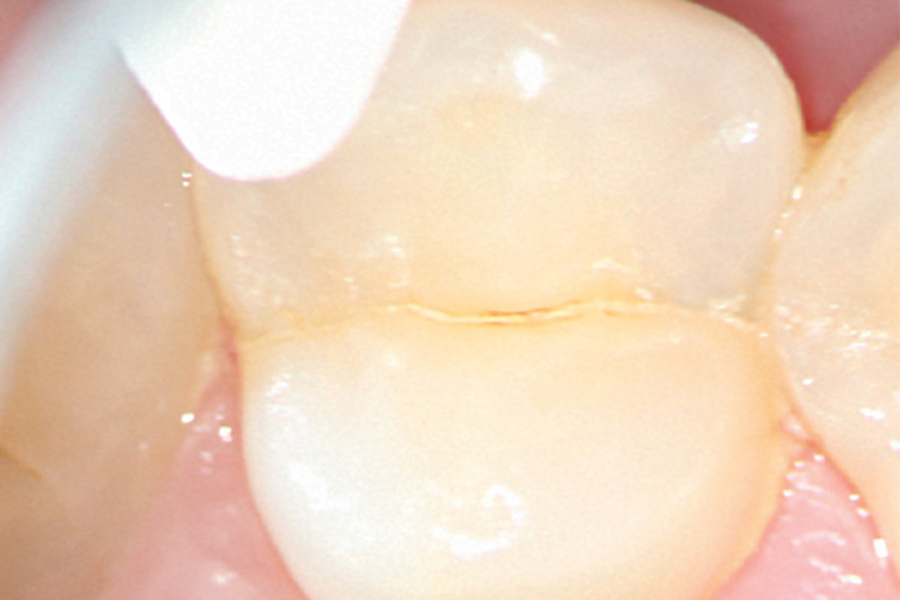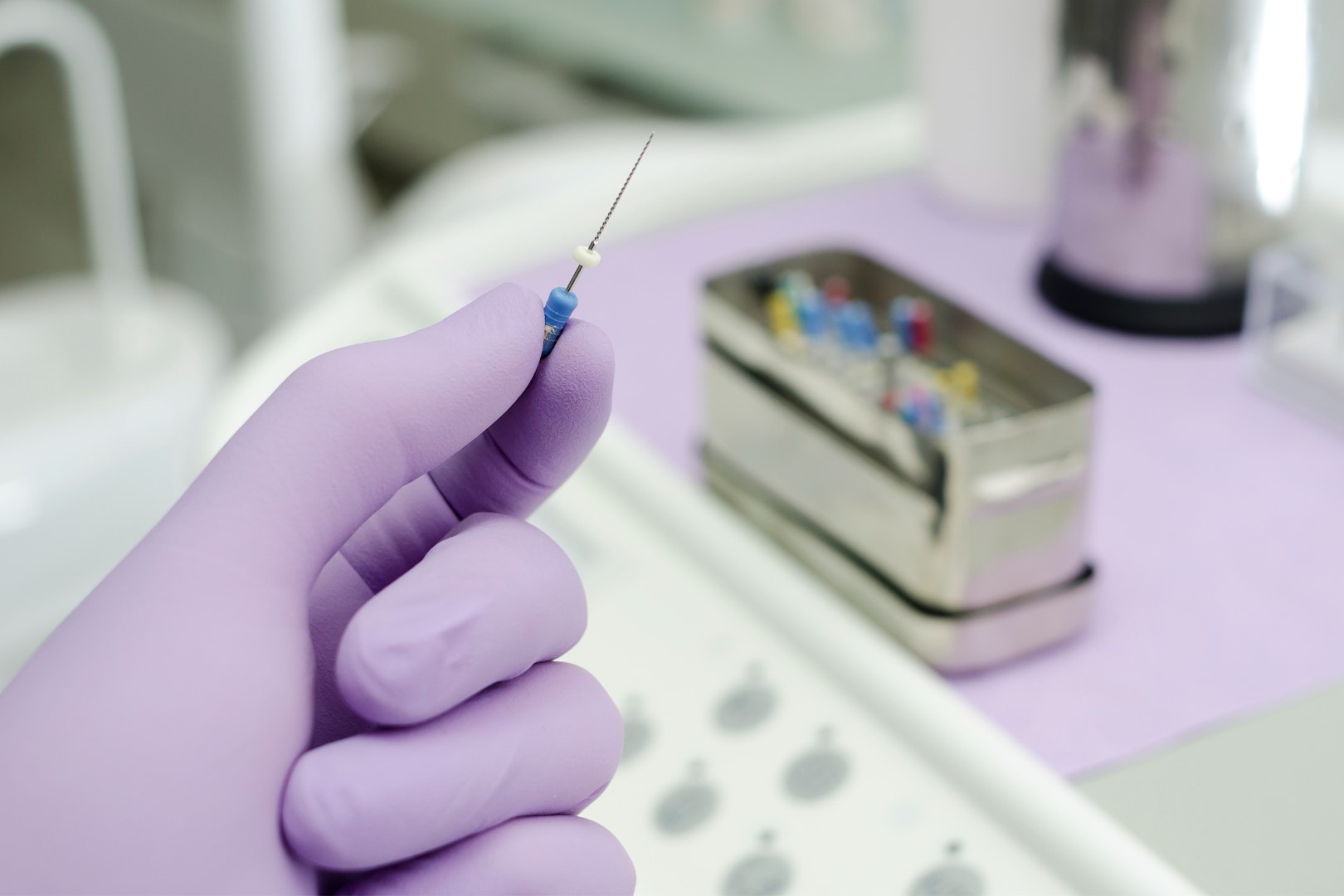In the era of modern dentistry, we are seeing ageing patients retaining a heavily restored dentition for longer. Bruxism is a common outcome due to the ever-increasing stresses of a fast-paced life. These and many other factors result in cracks forming within teeth.
The general dental practitioner is often required to diagnose, restore and maintain a tooth or teeth that have been cracked,
This one-day multidisciplinary lecture will discuss the diagnosis and management of this often complex clinical situation as well as outcomes that can be expected and how to best inform patients.
The lecture will be a case-based discussion delivering information relevant to treatment planning and restoration of these teeth that is immediately translatable to a general dental clinical setting.
Topics:
- Etiology and types of cracks
- Diagnosis:
- History taking
- Clinical signs and symptoms of cracks
- Clinical Examination
- Radiographic examination and findings including 3D imaging
- Use of illumination and magnification
- Endodontic considerations:
- The response of the pulp to cracks
- Bacterial ingress and crack propagation
- Minimal access and conservation of tooth structure
- Restorative considerations:
- Modern restorative philosophies for restoring cracked teeth
- Restorative techniques and trouble shooting.
- Prognosis and outcomes
Learning Objectives:
- Identify the etiology and types of cracks in teeth with confidence
- Understand the different pain management options and methods to achieve symptomatic relief
- Learn and apply current restorative techniques for the effective management of cracked teeth, with an emphasis on minimally invasive approaches and appropriate material selection
- Assess the response of the pulp to cracks, understand the mechanisms of bacterial ingress, and identify strategies for managing crack propagation while conserving tooth structure
- Analyse the prognosis of cracked teeth based on treatment options and clinical scenarios, and learn how to communicate realistic expectations and outcomes effectively with patients.
